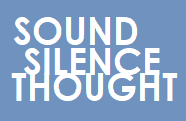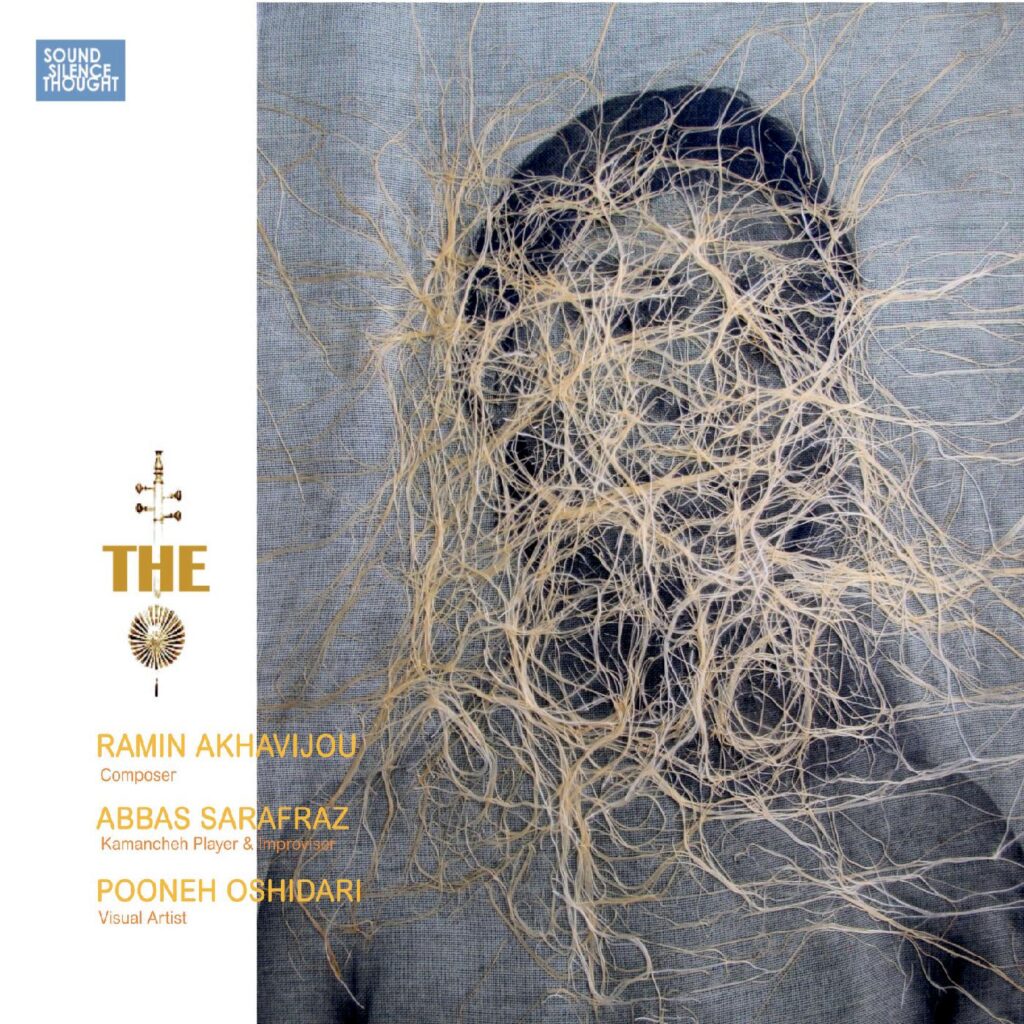
Ramin Akhavijou, Composer
Abbas Sarafraz, Kamancheh Player & Improviser
Pooneh Oshidari, Cover Image
1. The wounded throat of sound
2. The implicit silence
3. The abbreviated thought
Cover image: Amnesia by Pooneh Oshidari
The multiple components of this complex of pieces are impacted by living in a multicultural environment that is surrounded and complicated by diversity. This environment has generated a compositional identity that serves to both render itself and to reconsider its place within a context of diversity that includes preceding influences. The regeneration and rethinking of this diversity demands improvisation, which Kamancheh accomplishes on this album by anchoring dialogic free-play inside the fluid flow of creative expression, much as the growing roots swarm the creator’s face in the image. Convergence of identity also prompts deviating from the traditional orchestra’s acoustic positionality, which is accomplished through the use of virtual sample instruments (except for Kamancheh, all sounds on this album are VST samples), while maintaining a practice of listening to the resultant sound on an individual basis without taking into account the sound source’s context—social, political, cultural, etc.—even though the pieces were purposefully constructed to represent societal concerns. Although various binaries such as east/west, live/virtual, singular/plural may be seen in this anthology, there is no effort to infer any specific subjectivities, and the composer considers all of them as subsets of a wider complex. Ramin Akhavijou
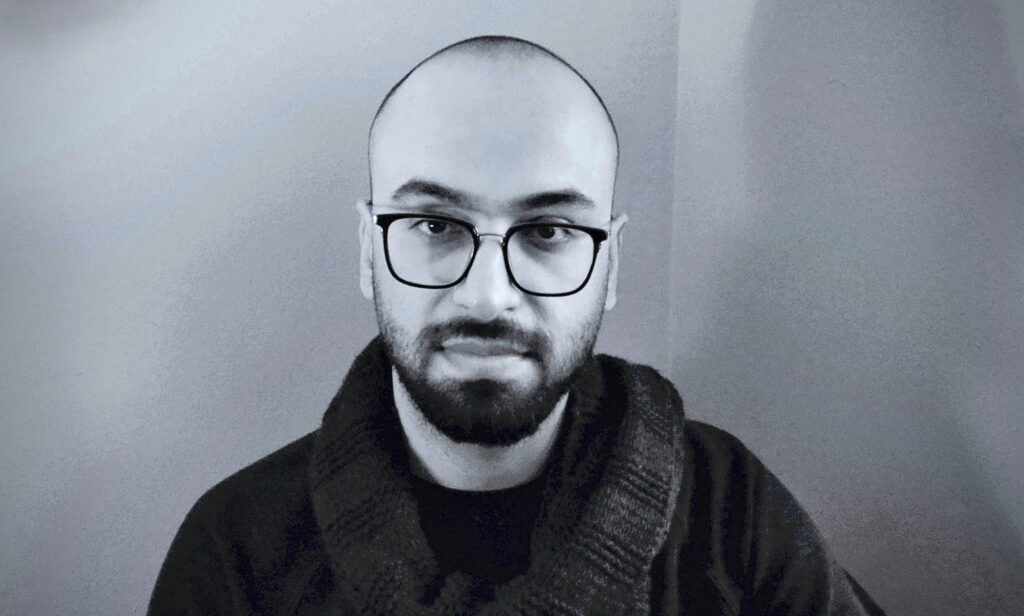
Ramin Akhavijou is a Ph.D. student in Music Composition and Theory at the University of Pittsburgh, where his research focuses on Music Perception and its relationship to his compositions, and his primary incentive for his creative work has been the dialectic relationship between sounds. He is doing scientific research on this relationship through a variety of multidisciplinary projects. His interest in science and technology has led him down a variety of compositional pathways, which are represented in his vast body of work. The Pittsburgh Opera Company and the CMU New Music ensemble performed his opera “languagemachine” in April 2019, and the JACK quartet recorded his second miniature opera “censorship” in 2021. Akhavijou’s compositions have been performed in a variety of nations by a variety of soloists, ensembles, and orchestras, and he has been the recipient of several awards, prizes, and commissions. He is currently working on his third opera. www.akhavijou.com
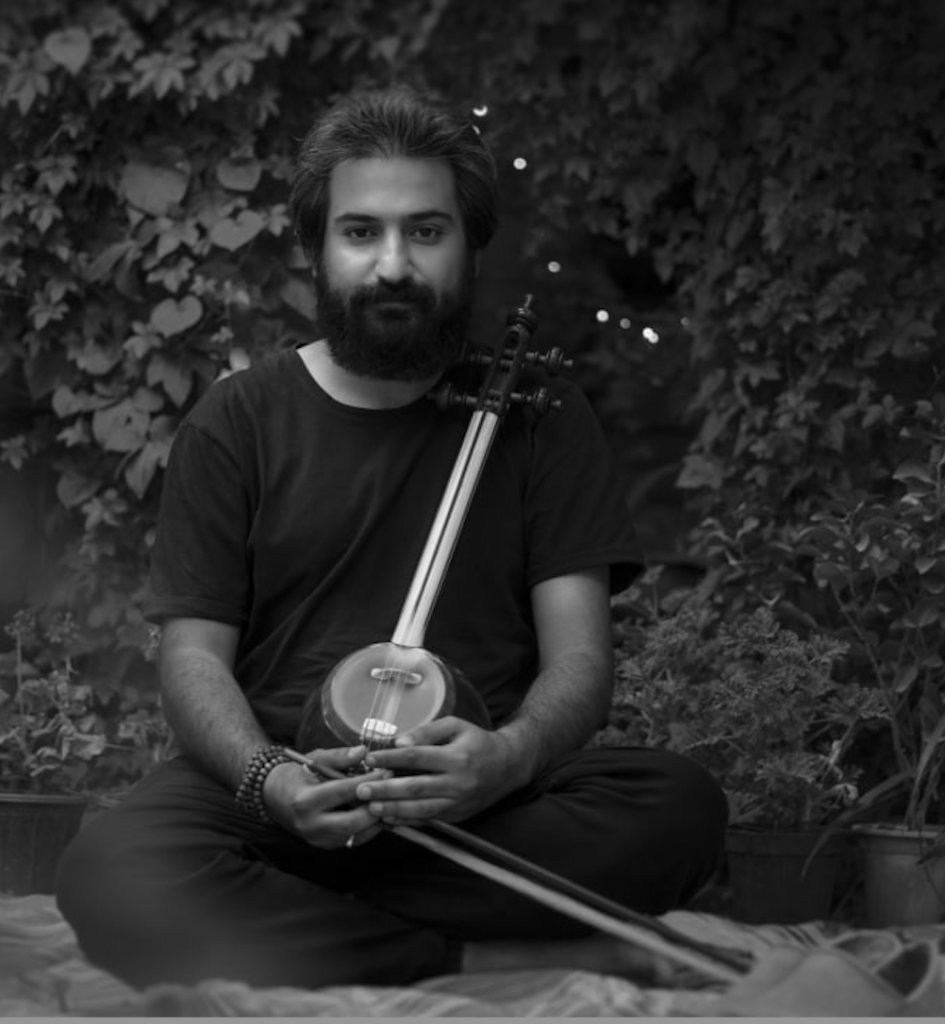
Abbas Sarafraz, Kamancheh player, born in 1988, Shiraz, Iran. He earned a degree in Iranian instrument playing from Shiraz Art University and now runs his own music academy, where he teaches Iranian music and Kamancheh instrument. He has received international awards in different countries and festivals. His albums are heavily influenced by Iranian folk and traditional music, and most of his attention has been on combining traditional and maqami music from Iran with electronic music. He believes that due to the proliferation of pop and electronic music as a result of technological and scientific advancements, the world’s traditional music is being forgotten, and he strives to make this Iranian musical legacy and culture more apparent to the world through Folktronica. www.abbassarafraz.com
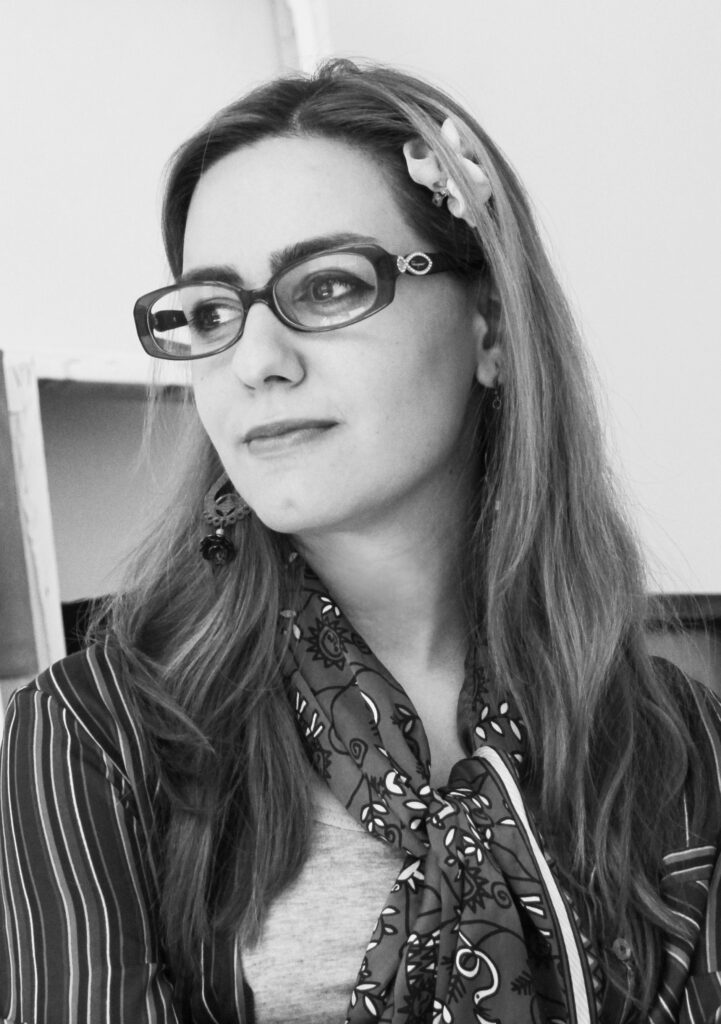
Pooneh Oshidari (b.1984, Tehran, Iran. BFA in Graphic Design, MFA in Illustration from the Tehran University of Art). Oshidari is mostly concentrated on painting and drawing. Her works were exhibited in 10 solo exhibitions in Tehran, US, and Kuwait. She has participated in more than 90 group exhibitions, festivals, art residencies and art fairs in Iran and around the world. “Time” is the essence of her recent works, and the content of present works has roots in research on Persian ancient culture and myths, and later, references to nature and environment became more prominent in her works.
Cover image: Amnesia, 2018, grown plant roots on the artist’s self-portrait.
The “Amnesia” project deals with Fear of being eliminated by uncontrollable factors and hiding from a hypothetical risk. Sometimes what grows is like a “hideout” that covers the truth in order to preserve it from possible threats and dangers. And what is hidden seems to be easier to forget. www.poonehoshidari.com
Reviews
This album is a play of tension, continuously suspending the listener between lamenting melodies and forceful, rhythmic strikes. The tension between improvisation and arranging is also evident, particularly in the first and third pieces in places where the arrangement swarms around the voice of the kamancheh. Each piece has a distinct character but timbral threads tie the album together in a cohesive way. “The abbreviated thought” is a highlight of the album and aligns most clearly with the album artwork. This piece starts with a sense of grief that is interrupted by and occasionally subsumed by threat, the melody at times “hiding out” within the surrounding tension.
– Hannah Standiford, ethnomusicologist
_____________________________
Ramin Akhavijou’s “The” provides an enthralling investigation of sound and relationality. His use of VST creates an uncanny shroud around the Kamancheh which provides surprising moments of connection and rejection between the two musical streams of consciousness. A sparse opening musical fragment quickly splinters into breakneck timbral shifts, overpowering clusters of pitch, and dramatic magnifications of the sonic fibers that guide us through the album. These moments, like all of my favorite moments of Akhavijou’s work, encourage me to engage more deeply with the connective tissues present between sound and the artists who are producing it. Through “The,” Akhavijou and Sarafraz have successfully developed an audible palimpsest of themselves as performers, composers, collaborators, improvisers, and artists in a work that allows the listener to endlessly identify and explore the nature of connection itself. – –
– Cullyn D. Murphy, composer
_____________________________
The first word that comes to mind when listening to “The,” album by composer Ramin Akhavijou, kamancheh player Abbas Sarfaraz and visual artist Pooneh Oshidari is contrast. Contrast between silence and sound, low and high strings, Eastern and Western musics (represented by the Kamancheh and by orchestral strings), composition and improvisation, traditional and new technologies of playing and making music. These binaries are admirably combined, at times giving the sensation of music composed exclusively of timbres, creating an aural experience that extrapolates the physicality of musical instruments, even when the music is clearly composed for strings with brass interventions.
– All orchestral timbres in the recording are electronic samples: while the listener’s rational mind can hear sounds produced by double bass, per example, the timbristic quality and color are different from that of acoustic instruments, creating a sense of peculiarity in which it is not possible to recognize the materiality involved in the act of drawing a bow across the string. The use of extended techniques in the orchestral strings produces sounds that are not typical of a traditional western concert performance. On the other hand, sound effects applied to the only non-sampled instrument featured in the album, the kamancheh, create points of confluence between electronic and acoustic, blurring these boundaries and offering the listener a sound experience in which binaries and opposites converge and flow together. This sound experience is better appreciated with headphones.
– Miranda Bartira T. Sousa, musicologist
